Regulatory Standards and Compliance
Regulatory frameworks are becoming increasingly stringent, impacting the Wood Coating Resin Market. Governments worldwide are implementing regulations aimed at reducing harmful emissions and promoting safer chemical practices. Compliance with these regulations is essential for manufacturers, as non-compliance can lead to significant penalties and loss of market access. Consequently, there is a growing emphasis on developing compliant products that meet safety and environmental standards. This trend is likely to drive innovation in the formulation of wood coatings, as companies strive to create resins that not only comply with regulations but also offer superior performance. The proactive approach to regulatory compliance may enhance brand reputation and consumer trust.
Rising Demand for Eco-Friendly Products
The Wood Coating Resin Market is experiencing a notable shift towards eco-friendly products, driven by increasing consumer awareness regarding environmental sustainability. As consumers become more conscious of their purchasing decisions, manufacturers are compelled to innovate and offer products that align with these values. This trend is reflected in the growing demand for water-based and low-VOC (volatile organic compounds) resins, which are perceived as safer alternatives to traditional solvent-based coatings. According to recent data, the market for eco-friendly wood coatings is projected to grow at a compound annual growth rate (CAGR) of approximately 6% over the next five years. This shift not only enhances the appeal of wood coatings but also positions companies favorably in a competitive landscape that increasingly prioritizes sustainability.
Growth in the Construction and Furniture Sectors
The Wood Coating Resin Market is significantly influenced by the expansion of the construction and furniture sectors. As urbanization continues to rise, there is an increasing demand for residential and commercial buildings, which in turn drives the need for high-quality wood coatings. Additionally, the furniture industry is witnessing a resurgence, with consumers seeking aesthetically pleasing and durable products. This growth is reflected in the projected increase in wood coating consumption, which is expected to reach over 1.5 million tons by 2026. The synergy between these sectors creates a robust market environment, fostering opportunities for manufacturers to innovate and expand their product offerings.
Increased Investment in Research and Development
Investment in research and development (R&D) is a critical driver for the Wood Coating Resin Market. Companies are increasingly allocating resources to R&D to develop innovative products that meet the changing demands of consumers and regulatory requirements. This focus on R&D is expected to lead to the introduction of advanced resin formulations that offer enhanced performance characteristics, such as improved scratch resistance, UV stability, and longer-lasting finishes. Furthermore, collaboration between manufacturers and research institutions is likely to accelerate the pace of innovation, resulting in a more dynamic market landscape. As a consequence, the emphasis on R&D may provide a competitive edge to companies that successfully bring novel products to market.
Technological Innovations in Coating Applications
Technological advancements are playing a pivotal role in shaping the Wood Coating Resin Market. Innovations in application techniques, such as spray technology and advanced curing methods, are enhancing the efficiency and effectiveness of wood coatings. These advancements allow for better adhesion, faster drying times, and improved durability, which are critical factors for both manufacturers and end-users. Furthermore, the integration of smart technologies, such as IoT-enabled monitoring systems, is expected to revolutionize the way coatings are applied and maintained. As a result, the market is likely to witness a surge in demand for high-performance resins that can meet the evolving needs of various applications, including furniture, flooring, and cabinetry.


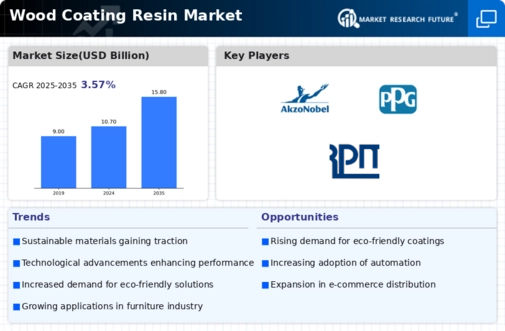
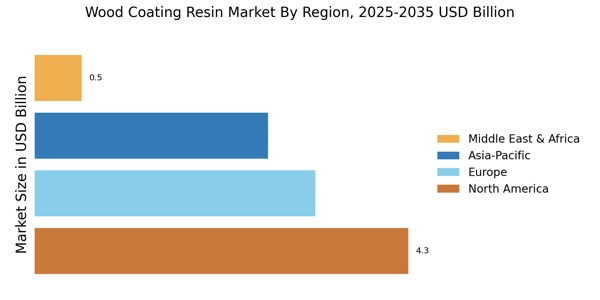



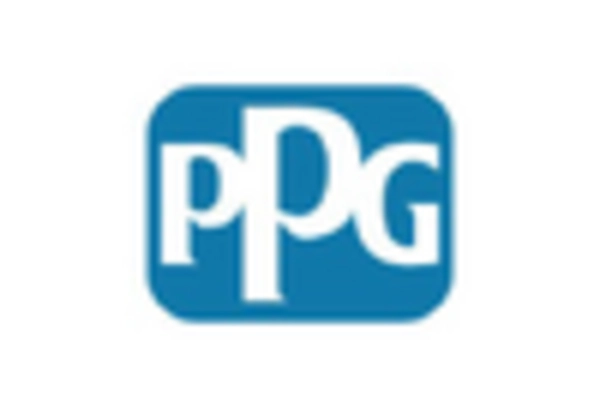
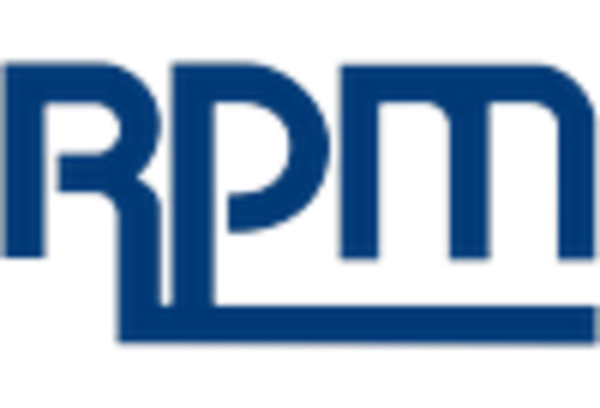
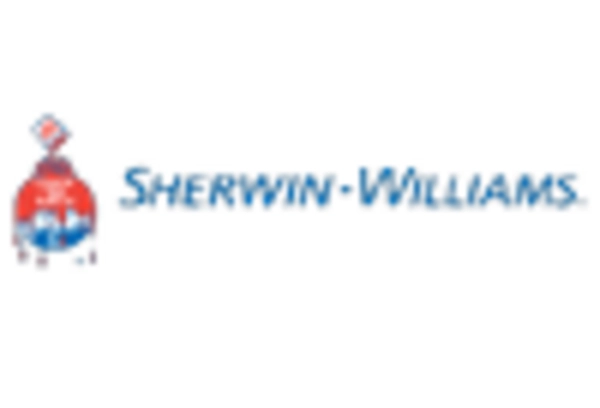








Leave a Comment